SUPPLIERS OF INDUSTRIAL GRADE MEMORY & DATA STORAGE
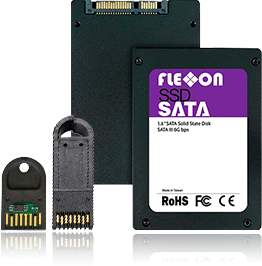
- Secure memory products for design engineers and security experts working on long-term projects or applications that needs to withstand the harshest of environments
- The official Datakey supplier for the UK, Norwegian and Swedish military
HARDWARE-BASED CYBERSECURITY SOLUTIONS
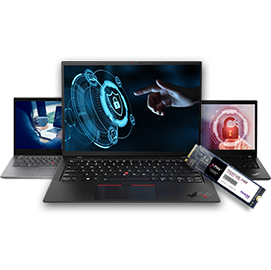
- Award winning NAND Flash cyber secure SSDs with AI embedded at the firmware level
- World’s first Al integrated series of cybersecure laptops
We specialise in memory products that are designed for customers who need more than standard commercial memory.
If you need safety, security, reliability and longevity you’re in the right place. We’ve built a reputation over the last three decades as the go-to provider for the defence, aerospace, transportation, medical and renewable energy sectors.
Our team of memory and data storage specialists work closely with our manufacturing partners (Flexxon & Datakey) to help you embed and/or integrate the most appropriate forms of removable memory, specialist memory, ICs, flash memory, receptacles, cards and accessories into your applications. Here’s some of the ways we can help:
- Removable memory
- Memory ICs
- Embedded systems drives
- Solid State Drives (SSDs), RAM memory modules
- USB flash drives
- SD cards
RUGGED AND SECURE DATA STORAGE

Datakey designs and manufactures rugged portable memory systems for industrial, harsh environment and secure applications. Products utilise industry-standard memory (EEPROM, NOR Flash, USB flash, SD) and a solid over-moulded construction, resulting in a portable memory device that is rugged enough for the most demanding applications.
Datakey products have been tested in the harshest environments, exposed to extreme temperatures, medical sterilisation and a whole lot more.
They’re physically secure, with unique connectors removing the threats posed to standard memory ports.
They also last a long time, both in terms of durability, and lack of obsolescence. The serial memory products have been in use for over three decades.
INDUSTRIAL GRADE NAND PRODUCTS

Flexxon designs and manufactures industrial NAND flash memory storage solutions for the cybersecurity, industrial, medical and automotive (CIMA) sectors, meeting the requirements of customers who demand the highest level of reliability, endurance and wide operating temperature ranges.
Flexxon pride themselves on giving long product life which is not easy in NAND flash. Strong technical support with firmware designed and written in house.
Flexxon products are specifically designed for industrial use and we can offer low capacity memory not available in consumer products.
Industrial grade products ideal for host devices that are sensitive to harsh environments with fixed BOMS and firmware.
AI EMBEDDED CYBER SECURITY SOLUTIONS

Flexxon’s X-PHY® is the world’s first NAND flash storage solution with integrated, AI-based firmware and hardware security for laptops, standalone SSD and server. The X-PHY – Flexxon’s patented firmware-based security – uses low-level programming to analyse data access patterns and detect any harmful attempts to access your data using AI and machine learning.
With security embedded in the SSD’s firmware closest to your valuable data, you’ll get real-time protection against zero-day vulnerabilities, and other unknown threats that may be able to bypass software-based cybersecurity systems.
Hardware sensors are also built on the SSD, protecting against physical threats like drive theft and other side-channel attacks. Essentially, it functions as a standalone machine that lives inside of your computer and gives you 24/7 cybersecurity protection.
BESPOKE SOLUTIONS TO MEET YOUR SPECIFIC MEMORY, DATA AND CYBERSECURITY NEEDS.
Get expert advice today.
Our memory and data storage engineering team works with you to identify the best-fit solutions (serial memory products, flash memory products) that meet your main objectives.
We are trusted partners in secure memory, data storage and cybersecurity solutions for embedded and industrial applications including:
- Data storage
- Facilitating software/firmware updates
- Restricting use
- Feature enabling

- Data logging
- System configuration
- User identification/Access control
- Securing communications
WHY NEXUS?
Fit-for-purpose solutions
Nexus’ memory and data storage specialists take into account the operating environment challenges you might be facing and recommend fit-for-purpose solutions. For example, you might be developing a system for a harsh environment and need to protect against high vibration levels, temperature extremes, dust or high moisture levels. Security might be a high priority too.
Discover the difference that Nexus can make
Engage with Nexus Industrial Memory at an early stage in your project and we can make sure our experiences, gained in the very sectors in which you operate, ensure your projects are successful, risks are reduced and you remain price competitive.
Established in 1987, we have a proven track record of working with businesses and organisations, and supporting them through product selection, integration, development and post implementation. We are the exclusive partners of Datakey in UK, Ireland, Germany, Switzerland, Austria, Denmark, Norway, Sweden and Finland. We are partners of Flexxon in UK, Ireland, Germany, Switzerland and Austria and also Foremay secure, rugged SSDs in the UK and EU.
- Datakey exclusive partners in the UK, Ireland, Germany, Austria, Switzerland, Benelux and Scandinavia
- Appointed distributor of Flexxon in the UK, Ireland, Germany, Switzerland and Austria
- Appointed distributor of Foremay in the UK and EU
- Expert advice and customer service on hand at any time
Watch this video to discover how Nexus Industrial Memory can help you






DISCOVER HOW NEXUS CAN HELP YOU
APPLICATIONS AND CASE STUDIES
Military/Government
Datakey COTS, electronic keys and tokens are the de facto standard for cryptographic ignition keys (CIKs) in data-at-rest and data-in-transit encryption devices. The rugged designs ensure reliable operation in the harshest tactical environments. The long-term availability of the products means your product life cycles can be measured in decades.
Medical
Datakey memory keys and tokens are used to authenticate and limit the use of a disposable medical device, or to positively pair two wireless medical devices. The long-term availability of the products makes them the ideal choice for medical OEMs with long product life cycles.
Industrial Automation
Why rely on consumer USB flash drives and SD cards that aren’t designed for harsh industrial environments? Datakey memory tokens are specifically designed for industrial use, being both rugged and secure. We can also offer IP67-rated panel-mount receptacles for outdoor or wash-down applications.
Transportation
Datakey products are the ideal fit for transportation systems. The keys and tokens are rated for operation from -40 °C to +85 °C and have a 35-year history of reliable operation in challenging environments.
Agriculture & Construction
Datakey memory devices can withstand the vibration, heat, humidity and dust found in agriculture and construction environments. The devices can be dropped in mud, covered in oil, coated with dust, cleaned with diesel fluid, submerged in water and still do their job.
Renewable Energy
Datakey products make the perfect partner for renewable energy applications where exposure to the elements is vitally important. Reliability is also critical due to the remote location of many renewably energy sites. Typical uses include calibration, parameter settings and data logging.
BENEFITS
Our memory solutions differ from off-the-shelf memory in three important ways:
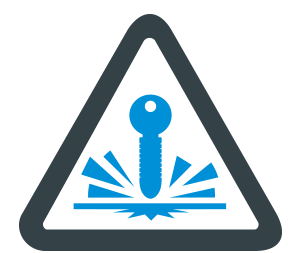
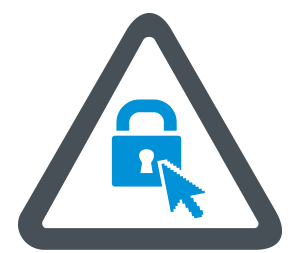

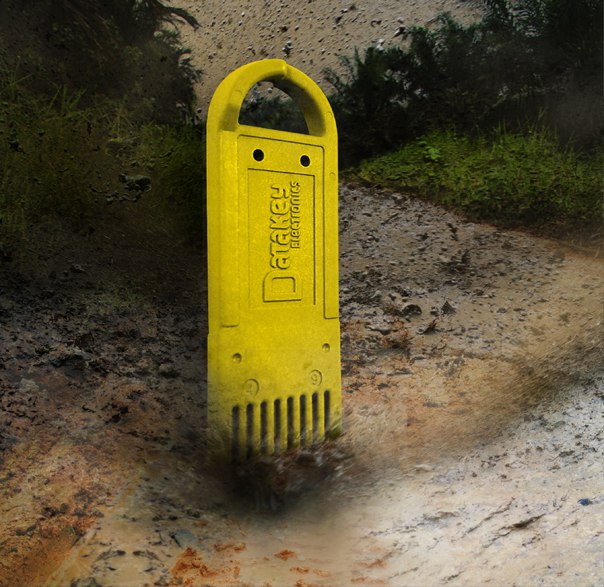
Datakey’s solid over-moulding process means Datakey keys and tokens can be used in any environment with complete confidence. They are impervious to liquids, can withstand chemicals such as oil, can be medically sterilised and are practically crush proof. Datakey also have a range of IP-rated connectors, ideal if your whole device needs to be exposed to harsh environments.
Flexxon’s products are industrial grade which can be supplied in various densities, technologies and form factors offering a wide temperature range depending on your needs. Ideal for host devices that are sensitive to harsh environments.
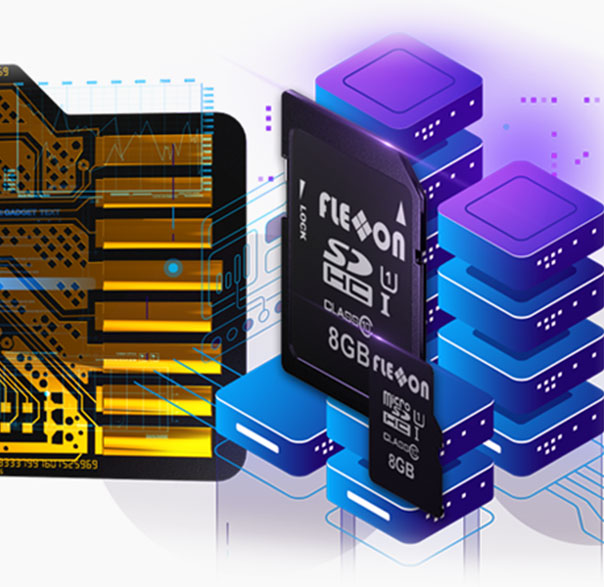
Datakey’s unique form factors mean that they won’t plug into an un-adapted PC or system, creating a physical security barrier to protect your data. CryptoAuthentication range adds silicone geared for high security applications to the physical security which has been trusted by the UK Government for decades.
Flexxon offer X-PHY Ultra Cyber Secure SSD that defends your data from inside your data stream. With security integrated within the hardware modules, this plug-and-play cybersecurity solution ensures that the defences will always be executed most efficiently and effectively. USB Drives with secure partitions are also available.
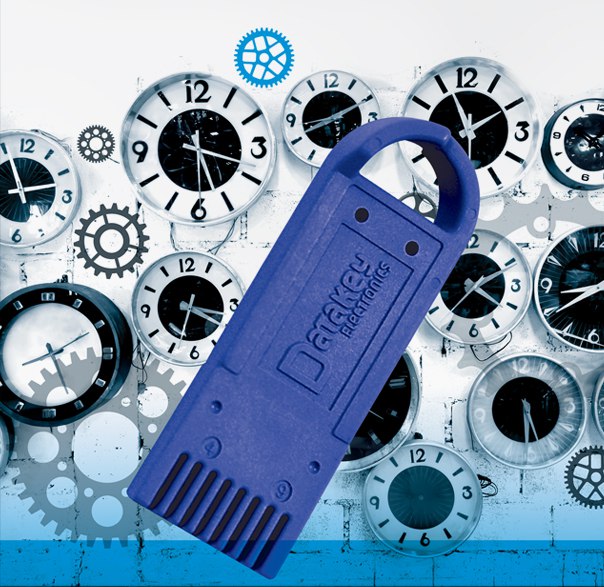
Datakey connectors have a high lifespan of 50,000 cycles, compared to just 1,500 cycles for most type A USB connectors. Datakey’s rugged memory range will be available, unchanged and supported for many years, giving you piece of mind that you will not be going through a costly re-design process to remove obsolescent memory products.
Flexxon’s business strategy is based on extended the longevity of the products by prolonging the NAND life cycle. Working with you to plan the allocation based on your demand giving guaranteed long product life.
